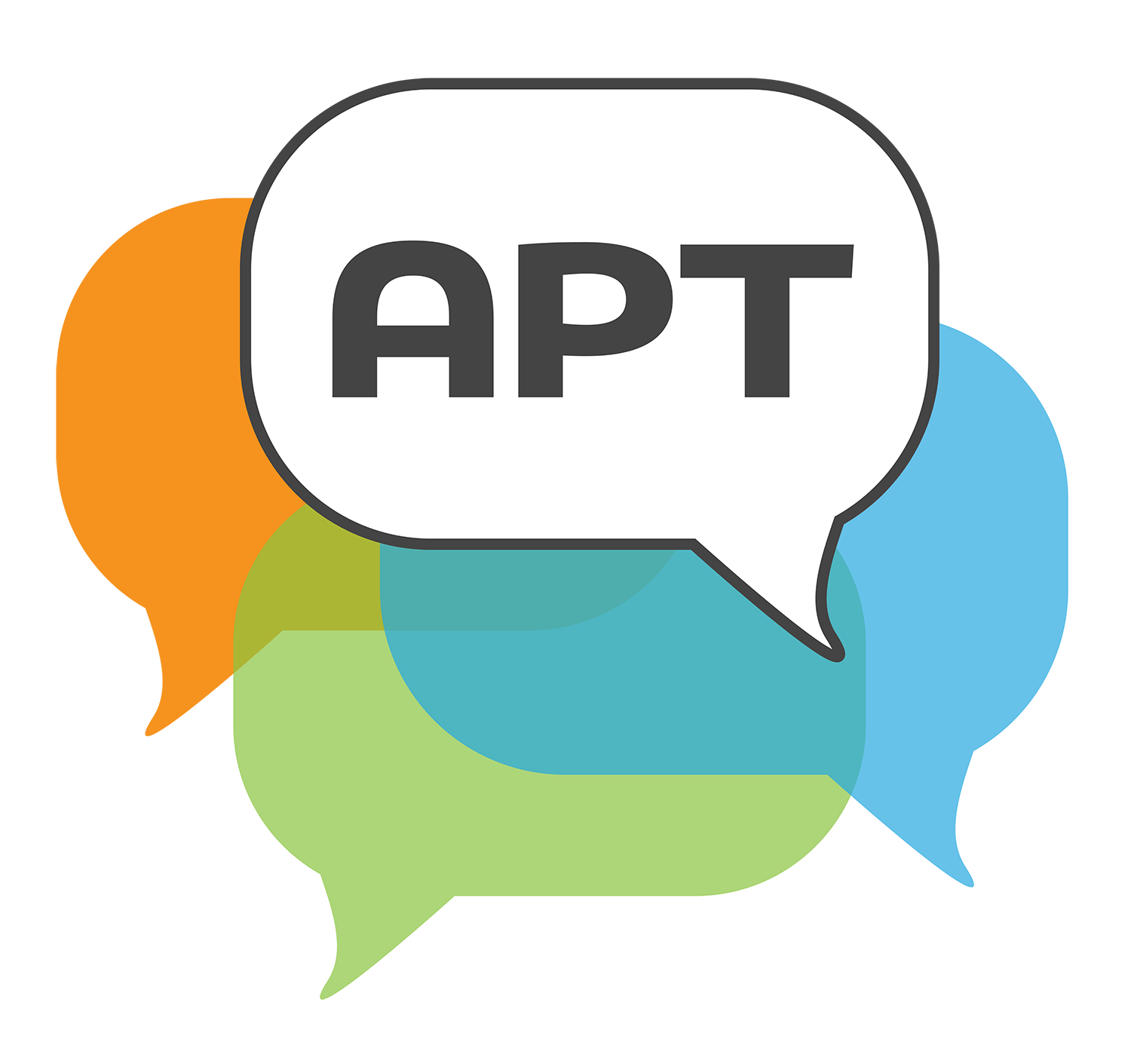Elena: Considering a Characters' Actions
Language Arts • Elementary
Segmented clips with commentary below » Full video viewable here.
The video begins with students discussing a text about a woman and her children who must leave their home after their husband/father, Pablo, is killed. A student-initiated question asks the group to consider the saddest part of the story, requiring students to reflect on their own feelings as they read. The teacher supports the discussion here by asking an uptake question about a student’s response and prompting the group to consider the reasoning behind characters’ actions in the text.
After this, students continue to ask a series of questions about the story. These questions address a variety of ways of thinking about the text. For example, students are asked to consider the characters’ intentions in the story and to make judgments about their actions, to describe a character’s personality given clues from the text, and to think about how they might feel if they experienced things that happen in the text, such as losing their father. There are many examples of academically productive talk here, including numerous instances in which students provided rich explanations of their thinking with evidence from the text. For instance, when asked to describe the main character, Elena’s, personality, the students support their explanations by pointing out specific things that Elena does that show she is brave, smart, and kind.
Overall, the students are very much in control of the discussion, deciding what questions to ask and responding to each other with thoughtful, elaborated ideas even without the teacher directing them to do so. This means that not only do the students have the opportunity to respond in authentic ways, but they also get to focus on the aspects of the story that were most meaningful or interesting to them.
This section of the video provides an excellent example of students co-constructing a shared understanding of the text. Here, students discuss what might have happened if the characters in the story had been able to reach a place to stay with cousins after leaving their home. Students go back and forth with each other, making well supported claims while also challenging each other’s ideas based upon the information provided in the story. The talk is indicative of students analyzing what happens to Elena and her children after leaving their home as well as speculating about how things might have gone differently had they gotten to their cousin. Students engage in complex talk that demonstrates high-level comprehension of the text.
In the last part of this video, a student-initiated question asks students to compare this story to another story or movie. Responses refer to other stories the students have read in their language arts class or on their own. Students provide elaborated responses providing reasons and evidence that explain how the story they’re discussing reminds them of these other stories.


